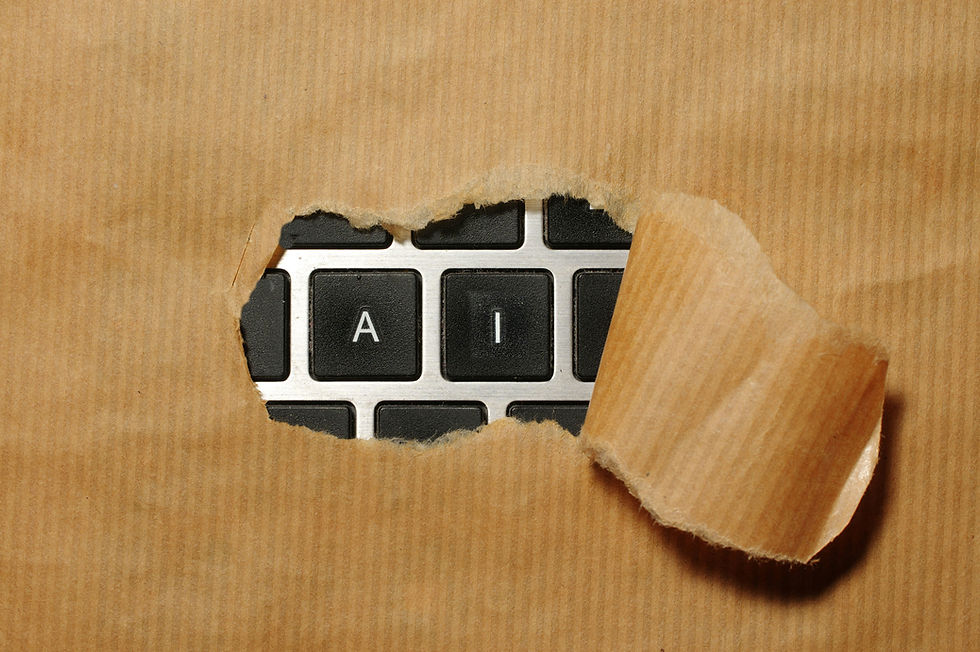Master Secure File Sharing Best Practices
- Mohamed Farhan
- Oct 23
- 4 min read
Sharing files is a daily routine for many teams and businesses. Whether it’s sending contracts, marketing materials, or sales presentations, getting your files to the right people quickly and safely is crucial. But with so many options out there, how do you make sure your files stay secure and your data doesn’t fall into the wrong hands? I’ve been there, and I’m here to share some practical, easy-to-follow tips to help you master file sharing safety.
Why File Sharing Safety Tips Matter
In today’s digital world, data breaches and leaks can cost businesses a lot - from lost deals to damaged reputations. When you share files without proper security, you risk exposing sensitive information like client details, pricing strategies, or confidential proposals. This can lead to legal troubles or lost trust.
Here’s why you should care about file sharing safety tips:
Protect sensitive data: Keep your business secrets and client info safe.
Maintain professionalism: Show clients and partners you take security seriously.
Avoid costly mistakes: Prevent data leaks that could harm your business.
Improve workflow: Secure sharing tools often come with features that make collaboration easier.
By following the right safety tips, you can confidently share files knowing your information is protected.

Essential File Sharing Safety Tips You Can Use Today
Let’s dive into some actionable tips that will help you keep your files safe and your sharing process smooth.
1. Use Trusted Platforms with Encryption
Always choose file sharing services that offer end-to-end encryption. This means your files are encrypted before they leave your device and only decrypted by the recipient. It’s the best way to prevent hackers or unauthorized users from accessing your data.
For example, platforms like SendNow provide secure file sharing with encryption and additional features like AI insights to track how your files are viewed. This helps you not only protect your files but also understand your audience better.
2. Set Strong Passwords and Use Two-Factor Authentication
Never share files without password protection. Use strong, unique passwords for your file sharing accounts and shared links. Adding two-factor authentication (2FA) adds an extra layer of security by requiring a second form of verification, like a code sent to your phone.
3. Limit Access and Set Expiry Dates
Only share files with people who need them. Use platforms that allow you to set permissions such as view-only, download, or edit. Also, set expiry dates on shared links so they automatically become inaccessible after a certain period.
4. Avoid Public Wi-Fi for Sharing Sensitive Files
Public Wi-Fi networks are often unsecured, making it easier for cybercriminals to intercept your data. If you must share files on the go, use a trusted VPN or wait until you’re on a secure network.
5. Keep Your Software Updated
Regularly update your file sharing apps and devices. Updates often include security patches that protect against new threats.
6. Educate Your Team
Make sure everyone involved understands the importance of file sharing safety. Regular training on best practices can prevent accidental leaks or mistakes.
What is the Most Secure File Sharing?
When it comes to the most secure file sharing, it boils down to a few key features:
End-to-end encryption: Ensures only you and the recipient can access the files.
Zero-knowledge architecture: The service provider cannot see your files.
Granular access controls: You decide who can view, edit, or download.
Audit trails and insights: Track who accessed your files and when.
Automatic link expiration: Limits the window of access.
Services like SendNow tick all these boxes. They combine strong security with user-friendly features and AI-powered insights that help you understand how your files are consumed. This is especially useful for sales and marketing teams aiming to close deals faster by tailoring follow-ups based on file engagement.

How to Implement Secure File Sharing in Your Workflow
Integrating secure file sharing into your daily routine doesn’t have to be complicated. Here’s a simple step-by-step approach:
Choose the right platform: Pick a service that offers encryption, access controls, and analytics.
Set up your account with strong security: Use a strong password and enable 2FA.
Organize your files: Keep sensitive files in dedicated folders with restricted access.
Create shareable links with permissions: Decide who can view or download and set expiry dates.
Send files with context: Include clear instructions or notes to avoid confusion.
Monitor file activity: Use analytics to see who opened your files and when.
Follow up based on insights: Reach out to engaged recipients to move deals forward.
By following these steps, you’ll not only protect your files but also gain valuable insights that can improve your communication and sales strategies.
Why Secure File Sharing is a Game-Changer for Business Growth
Secure file sharing is more than just protecting data - it’s about building trust and efficiency. When your clients and partners know their information is safe, they’re more likely to engage and collaborate openly.
Plus, with tools that provide AI insights, you can:
Understand client interests: See which files they spend time on.
Tailor your follow-ups: Focus on what matters most to your audience.
Close deals faster: Use data-driven strategies to boost conversions.
Improve team collaboration: Share files confidently without worrying about leaks.
This combination of security and intelligence is what sets modern businesses apart. It helps you stay ahead in a competitive market while keeping your data safe.
I hope these file sharing safety tips help you take control of your data and improve your business communication. Remember, the right tools and habits make all the difference. For a secure, insightful, and easy-to-use file sharing experience, check out SendNow and see how it can transform your workflow today!




Comments